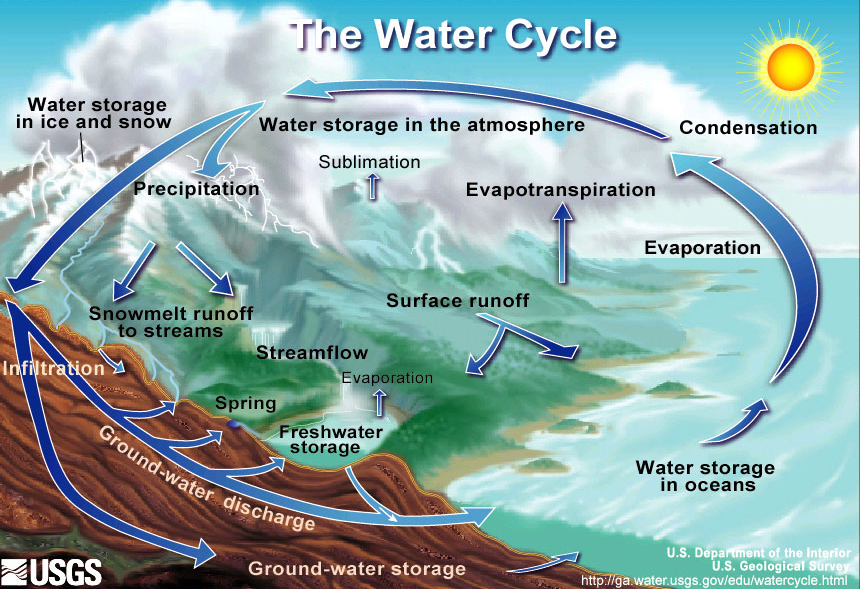1.Solar system: the sun and the objects that are traveling around it.
2.Planet: any of the eight large bodies that travel around the Sun and shine by reflecting it light.
3.Gravity: a force of attraction, or pull, between any object and any other object around it.
4.Inertia: the tendency of a moving object to keep moving in a straight line.
5.Lithosphere:the hard, outer layer of Earth, about 100 kilometers thick.
6.Crust: the rocky surface that makes up the top of the lithosphere.
7.Resource: any material that helps support life on Earth.
8.Hydrosphere: Earth's water.





